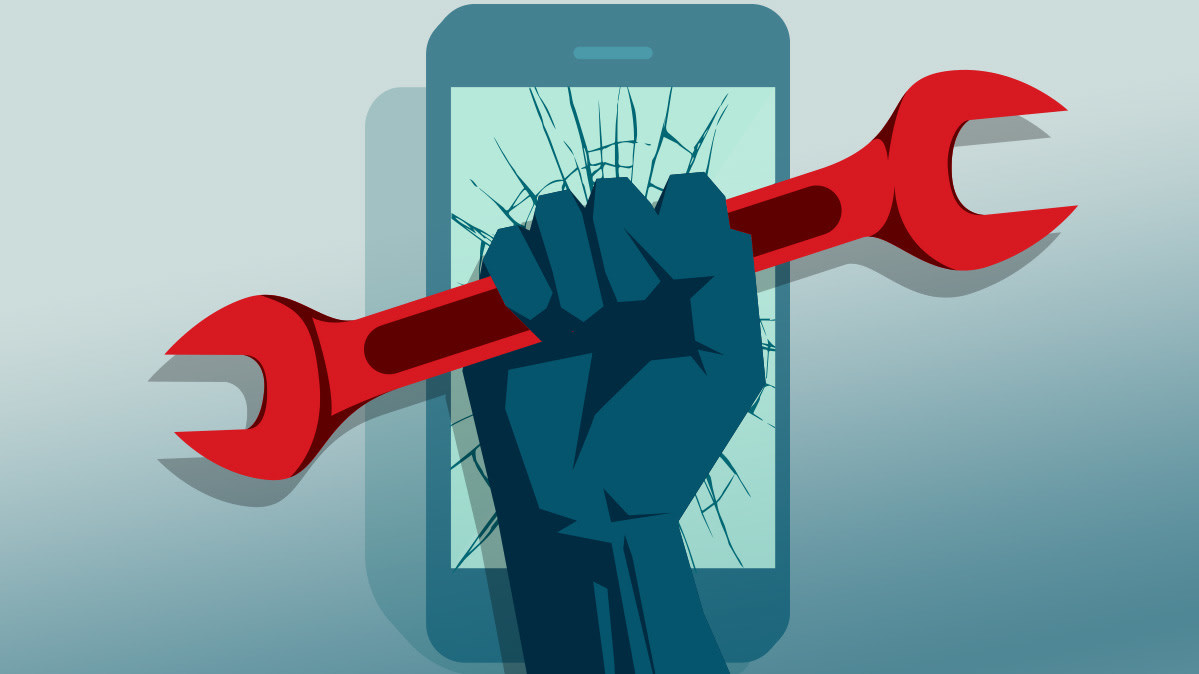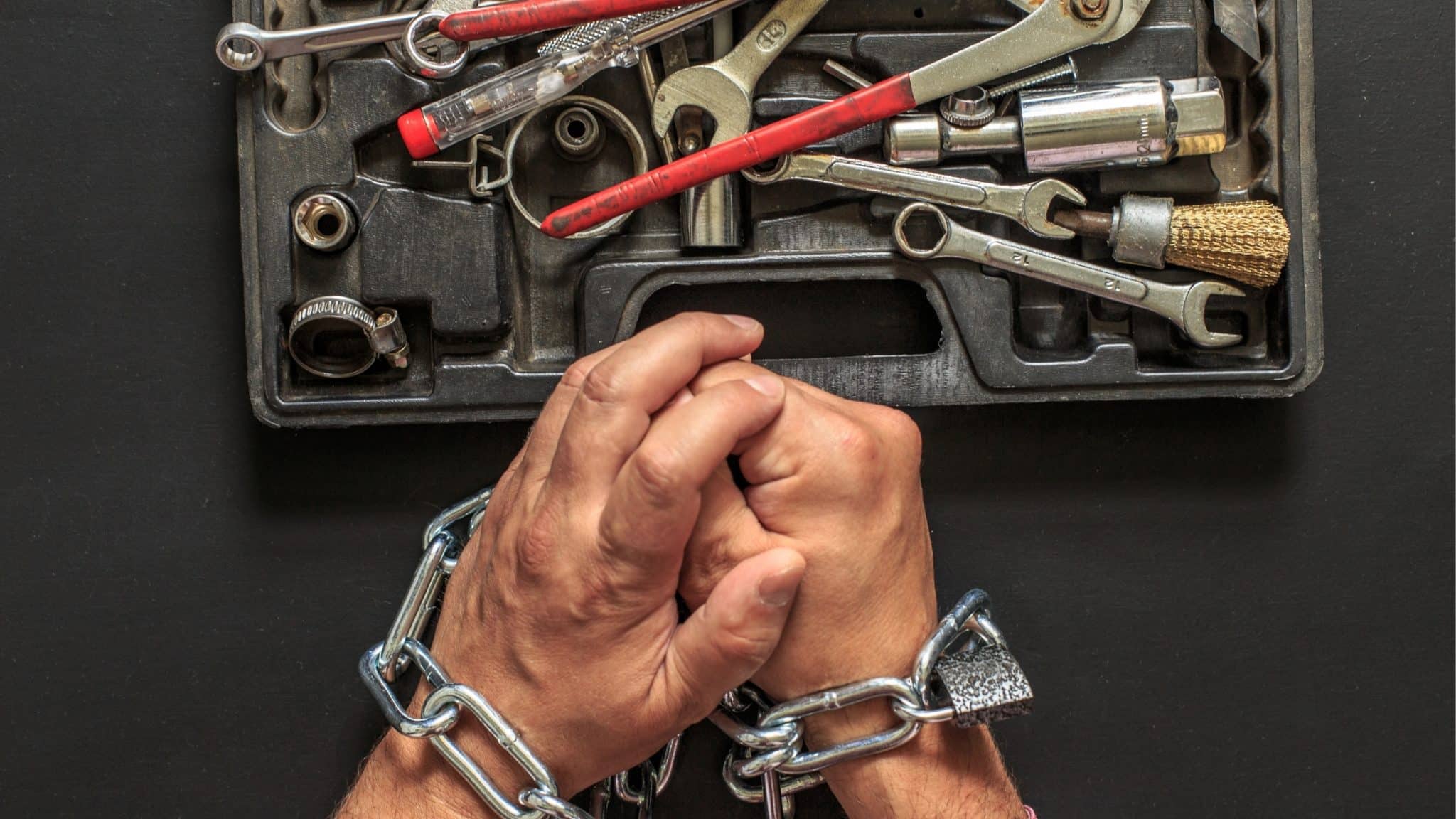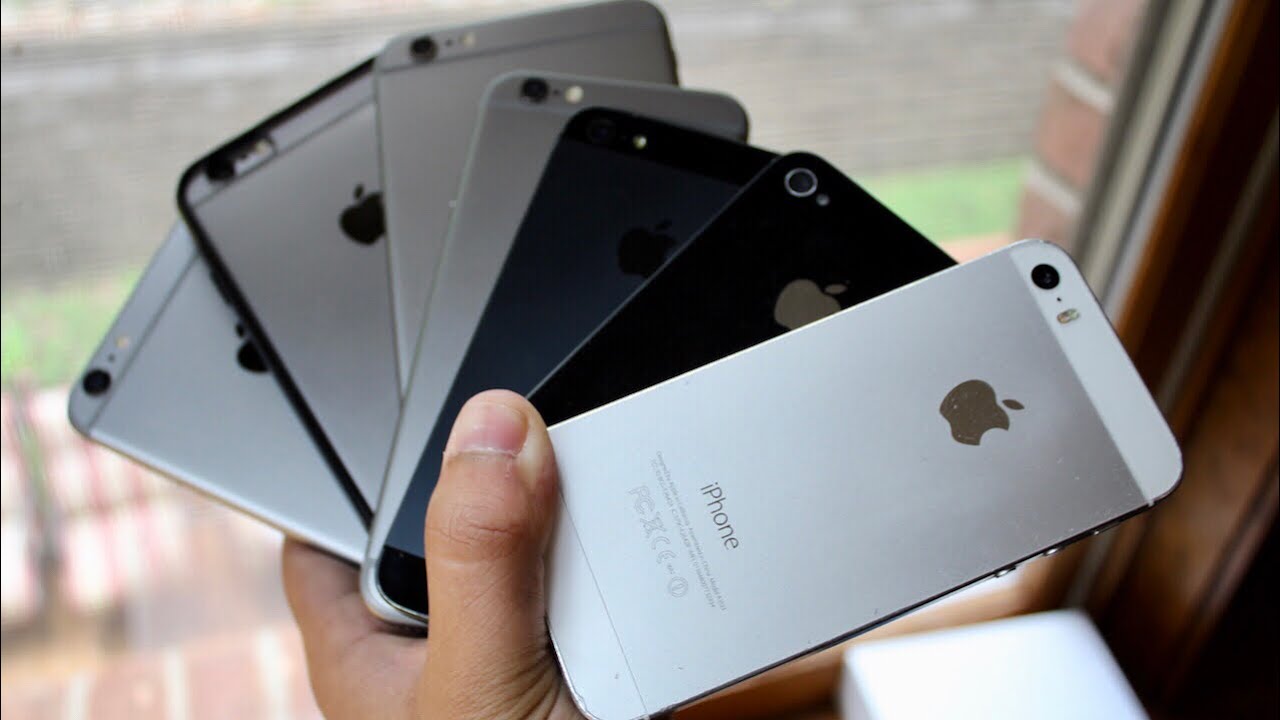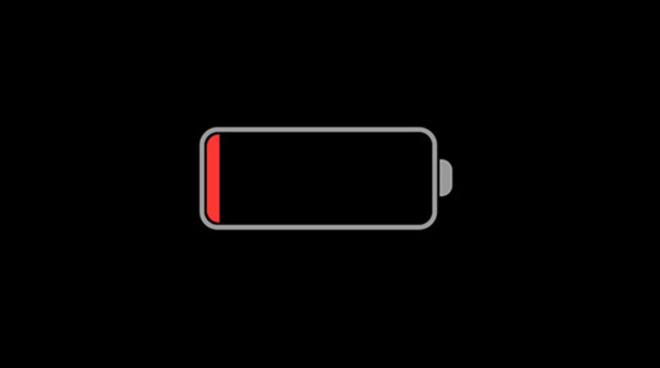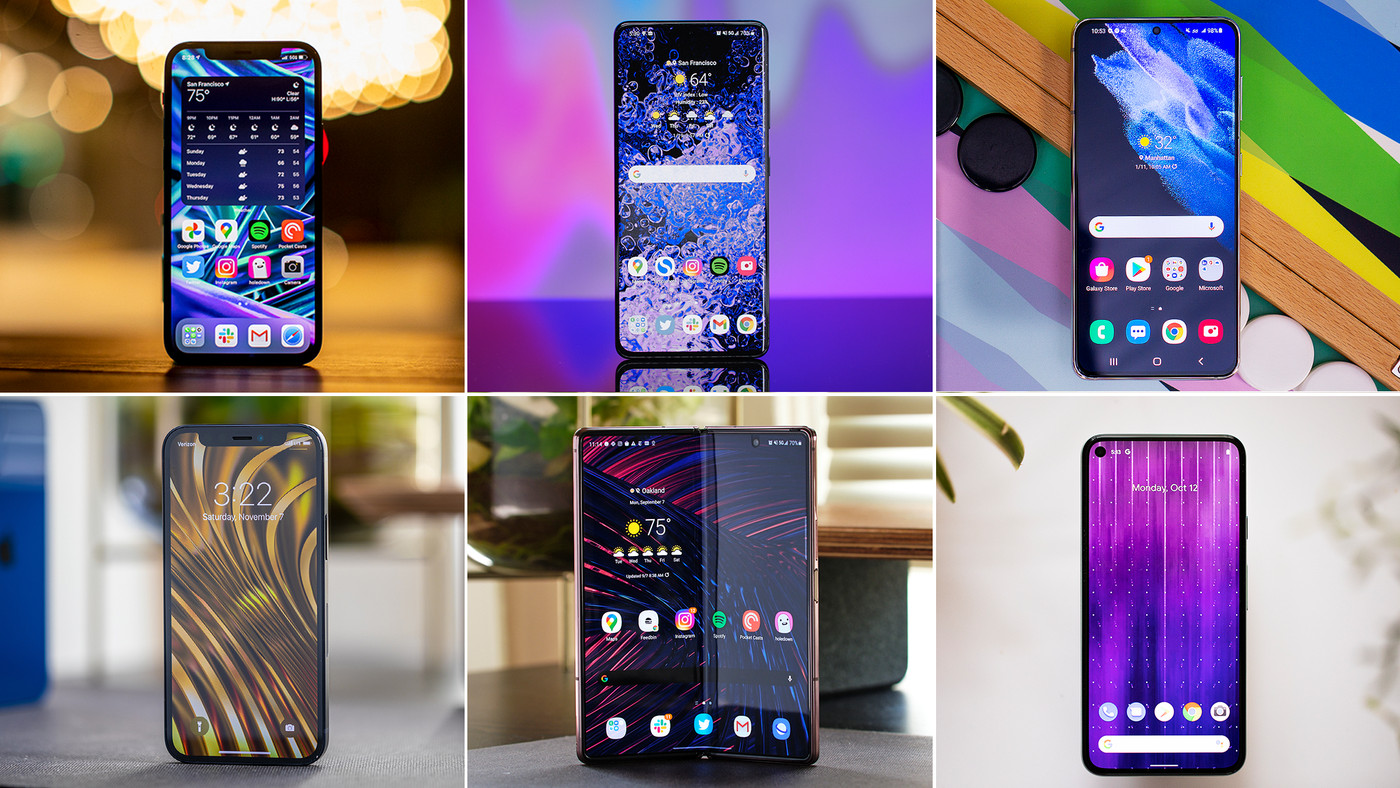There’s a troubling trend in the technology industry. More and more, the devices we buy are becoming locked down through a combination of hardware and software that’s designed to prevent independent shops and us from upgrading, repairing, and in some shocking cases, even using them in ways that the original manufacturer doesn’t sanction. This tight integration has brought us improvements like smaller and less expensive gadgets.
Still, it’s come at the cost of producing more waste, making repairs unnecessarily expensive and inaccessible, and even manufacturers trying to use their control over your electronics to remove functionality unless you agree to pay a monthly subscription fee. What? Making deals and then altering them after the fact, how is that even legal? It sounds like some fictional dystopia. But it’s not. It’s real, and it’s right now. Thankfully we do have a solution called “Right To Repair. Still, before we can take it from a concept to actual legislation that protects consumers, small businesses, and the environment, we need to talk about it and make sure that we are all on the same page.
Every time we bring up right to repair, We are surprised afresh to see that the vast majority of the opposition to it comes from either people who haven’t had it explained to them properly or from folks that are on board with the right to repair even though they don’t realize it yet. So for that reason, We think we should start with what right to repair is & is not. Nobody is calling for manufacturers to be forced with a gun to their heads to repair your stuff. But, now, many OEMs(Original equipment manufacturer) these days do offer voluntary repair programs for their products. And sometimes they’re an extension of the warranty, where they will repair or replace your device.
These repair programs are great for consumers but forcing a product manufacturer to implement one could add costs that will either need to be absorbed by the business, potentially putting it in jeopardy, or passed along to the customer, potentially making the product more expensive the first place. Another common argument is that right to repair legislation would hurt innovation. And on the surface, this one sounds reasonable. We mean, if We are Apple, why should We bother developing a new iPhone if I’ll be immediately forced to give the plans for every component to third parties who can then make their own iPhone without the upfront R&D. This is a perfect example of a straw man argument. However, most of the electronics repair industry is small shops performing relatively simple screen replacements. These things wouldn’t require Apple to give up enough details about these parts for someone to make their own.
With the right to repair, no one should be able to build another company’s device entirely with third-party components or manufacturer patent infringing parts. What they should have, is the right to access OEM components and resources to make repairs to consumer’s devices when required. And the craziest part of this controversial stance is how uncontroversial it all is in the automotive industry. We’ll talk a bit more about that later. The right to repair means you have the right to repair it.
You can still go out and buy a new one, or you can have someone else exercise their right to repair it for you. Just like with your car, where a combination of laws and industry norms ensures that decades after production ended, you can still get new brakes for your 97 Datsun. But enough about what it isn’t, what is it then? Right to repair supporters know that there’s no single perfect solution that’s ready-made right now. But what it’s about is figuring out how to tackle the problems that We just outlined, intending to improve consumer choice and freedom.
Here’s a hot take for you. Anyone who fully understands the right to repair and opposes it opposes individual freedom. So then, particularly in America, we’re getting branded anti-freedom, which is pretty undesirable. So how is it that lawmakers, lobbyists, and corporations are working so hard at it? Did you have to ask?
We mean, think about it. What do you think is more profitable, selling you a screen for $70 and billing an hour or two of technician time to replace it or selling you a brand new phone for over $1000?
A Business model like apple’s that is designed to force you to buy more is unethical at best, which in my mind is just another word for something that should be illegal but isn’t yet. And before you guys say it, planned obsolescence, manufacturers forcing you to buy a new one by breaking the old one, that is not some tinfoil hat conspiracy theory. That is a real thing and has been for decades.
After the Great Depression, it was discussed that the things that we use should all be made to fail after a certain amount of time or have specific dates where they can no longer be used to increase consumerism to strengthen the economy. We can’t even make this stuff up, guys, as you can see in this document of Planned Obsolescence and since manufacturers aren’t penalized for the excess waste that this mentality generates, there’s never been an incentive for them to go back to making longer-lasting stuff.
We mean, if you want to see some brilliant examples of planned obsolescence in the real world, Veritassium shows how the light bulb industry went out of their way to engineering inferior light bulbs, so consumers would have to buy more of them. Going even as far as to fine companies that produced better bulbs.
But in the electronics industry, which by the way, in case you didn’t notice, is quickly becoming every industry, the same company can profit by selling more goods and can remotely cripple those goods forcing customers to buy more of them even if they worked just fine. We mean, that is a clear conflict of interest if We’ve ever seen one. So then back to phones for a moment, it’s not like you can’t repair them at all. Apple will happily sell you Apple Care for 150 bucks or offer you repair services if you opted out.
Only like so many things in life, the prices for uninsured repairs often don’t make any sense. A screen replacement for $300, and that assumes that you have an Apple store nearby that you can walk into or that you can live without your phone for a week while it’s in the mail. Given the estimated cost of $70 for the screen of Apple’s latest and greatest phone and Apple’s reported genius salaries of about 20 to $25 an hour, We think it’s pretty clear that this is less about taking care of customers, well covering their costs and more about nudging customers towards a shiny brand new device since they’re already in the store anyway, and it only costs a few hundred dollars more than repairing the screen, didn’t it.
Now that’s where independent repair shops like VanCell are supposed to come in and have done so for years. The problem is that over the years, Apple has attacked this industry. Going as far as raiding shops over their stock of replacement parts if it has an Apple logo on it and refusing to provide diagnostic tools that wouldn’t be necessary if Apple didn’t specifically create barriers that require these diagnostic tools. Now to Apple’s credit, they have made progress in recent years.
They’ve even made parts available to members of the independent repair provider program, but joining the program reportedly comes with some demanding requirements, including submitting to unscheduled inspections from Apple. Remember, though; this isn’t just about the iPhone or Apple’s about consumer choice and freedom. Apple deciding to grant its customers a little more ownership of their own devices that they paid for is not consumer choice’s not freedom. That should be a right. Not something that Apple grants at its discretion. Another goal of the right to repair is keeping devices out of landfills. We’re producing over 50 million metric tons of e-waste per year.
And a lot of it is repairable or even perfectly functional. A local electronics refurbisher and recycler, GEEP is currently in a legal battle with Apple over about a hundred thousand devices refurbished and resold instead of being shredded according to their agreement with Apple. Now, to be clear, we’re not siding with GEEP here. They violated their contract, and we have no way of knowing if the refurbishing they did, was up to Apple standards, which could damage Apple’s brand.
But it does raise a larger question. Why is Apple paying to shred a hundred thousand devices when people could be using them? The answer is right in Apple’s claim that part of the 22.6 million in damages is from lost profit due to grey-market sales.
Now I’m not trying to pick solely on Apple here.
It’s just Apple’s brazen hypocrisy that makes me keep coming back to them. They have a whole page on their website dedicated to how eco-friendly they are, but they spend money to keep working devices out of consumers’ hands.
To be clear, for anyone who says “Apple at least makes an effort through their recycling programs”. But any environmentalist can tell you that reduce, reuse and recycle are in that order for a reason. Recycling, particularly e-waste, is not as clean a solution as you might’ve been led to believe.

